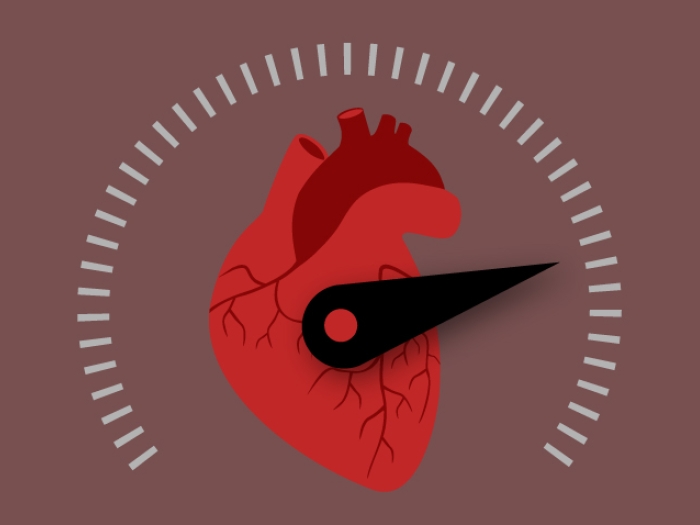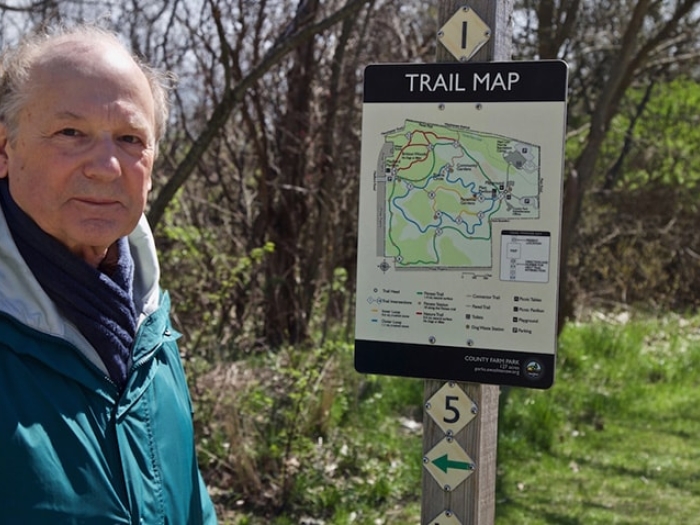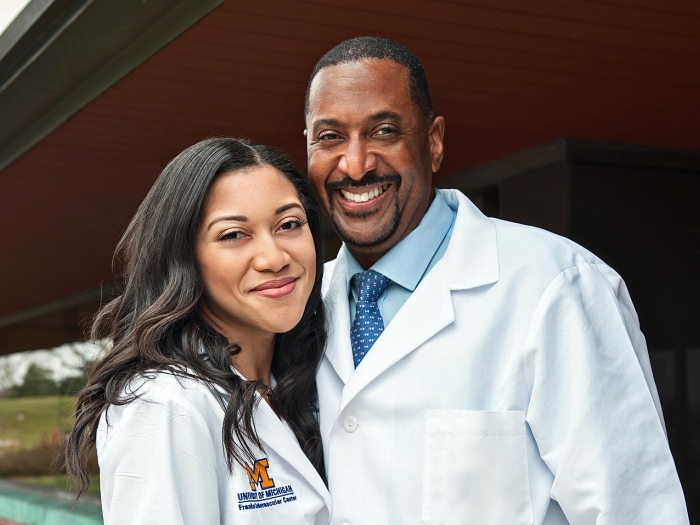Some patients keep a hospital wristband as a memento of their experience. Heather Edds kept her rib, which sits in a jar in her home.
2:00 PM
Author |

Heather Edds' diagnosis of thoracic outlet syndrome came relatively quickly. But it would take almost a year and 12 health care professionals before anyone could determine how to treat her condition.
Edds' story began when a short drive in March 2018 near her home in South Bend, Indiana, ended with a rear-end collision as she waited at a traffic light. Fortunately, Edds' daughters, then ages six and eight, who were with her at the time, weren't injured. The 34-year-old mother, however, experienced pain in her chest, shoulder and arm that continued to worsen, despite doctors ruling out broken bones and internal injuries. The more active she was the worse the pain would get. Edds' swollen, discolored arm pointed to thoracic outlet syndrome, even though MRIs and other imaging didn't support the diagnosis.
Causes of TOS
The three types of TOS — venous, arterial and neurogenic — are caused by compression of the nerves or blood vessels that serve the arms. Without treatment, TOS can lead to blood clots, including pulmonary embolism, a potentially life-threatening blood clot in the lungs.
All three subtypes of TOS typically affect healthy, young, active individuals, though symptoms may vary among the types. The most frequent causes of TOS are sudden trauma, such as a collarbone fracture from an accident or a fall; repetitive movements, such as manual labor; or repetitive injury.
MORE FROM MICHIGAN: Sign up for our weekly newsletter
"I was told I had TOS, but there were no real signs — just excruciating pain," says Edds. "I was sent from one doctor to another, including neurologists, physical therapists and other specialists to figure out a treatment plan. One doctor told me I was experiencing post traumatic stress disorder from my accident."
Intensifying symptoms
Within a few weeks of the accident, Edds began to experience severe migraines, which weren't customary for the active young woman. "The right side of my face was going numb and my right leg was falling asleep," she says. Life became difficult, especially for Edds' daughters, who were too young to comprehend their mother's "new normal".
After nine months of chronic pain, Edds' boss began researching the condition online and discovered that Michigan Medicine had renowned experts in the treatment of TOS. Soon after, Edds met with Michigan Medicine vascular surgeon Chandu Vemuri, M.D., who diagnosed her with neurogenic TOS.
It's very common to see young patients with the wrong diagnosis or no diagnosis at all. And there aren't a lot of doctors who treat the condition.Chandu Vemuri, M.D.
Of the three types of TOS, neurogenic is the most common and often the most difficult to diagnose, says Vemuri. "It's very common to see young patients with the wrong diagnosis or no diagnosis at all. And there aren't a lot of doctors who treat the condition."
TOS happens when nerves are compressed between the first rib, collarbone (clavicle) and scalene muscles (muscles located toward the side of the neck). This area is known as the thoracic outlet. As in Edds' case, neurogenic TOS can be caused by a congenitally narrow thoracic outlet combined with trauma from a fall or accident.
Finally, a plan
Vemuri explained the treatment plan to Edds, which would begin with the injection of a local anesthetic to the scalene muscle (known as an anterior scalene block). The outcome of this would determine if she was a candidate for surgery. When a scalene block results in improvement in symptoms, surgery is typically recommended.
Edds says she felt immediate relief from her symptoms following her anterior scalene block, but 12 hours later, the pain was back with a vengeance.
Surgery was the next step. During the procedure, Vemuri performed a surgical decompression, including a removal of her first rib, with an anterior and middle scalenectomy and neurolysis (removal of scar tissue surrounding the nerves).
"I felt instant relief," says Edds, noting that recovery meant no lifting with her right arm, then gradually working up to 10 pounds and finally full usage. Physical therapy was focused on mobility followed by strength training. By August, she was back to her job as an administrative assistant.

Edds' recent checkup revealed 100% movement in her right arm and grip strength nearly back to normal.
"I'm 100% healed," she says, although a possible buildup of scar tissue may require future physical therapy.
Grateful to be pain-free, Edds didn't keep her hospital wristband as a memento of her experience at Michigan Medicine. Instead, she keeps her rib in a jar in her home – a reminder of how far she's come in her recovery.
LISTEN UP: Add the Michigan Medicine News Break to your Alexa-enabled device, or subscribe to our daily updates on iTunes, Google Play and Stitcher.

Explore a variety of health care news & stories by visiting the Health Lab home page for more articles.

Department of Communication at Michigan Medicine
Want top health & research news weekly? Sign up for Health Lab’s newsletters today!





